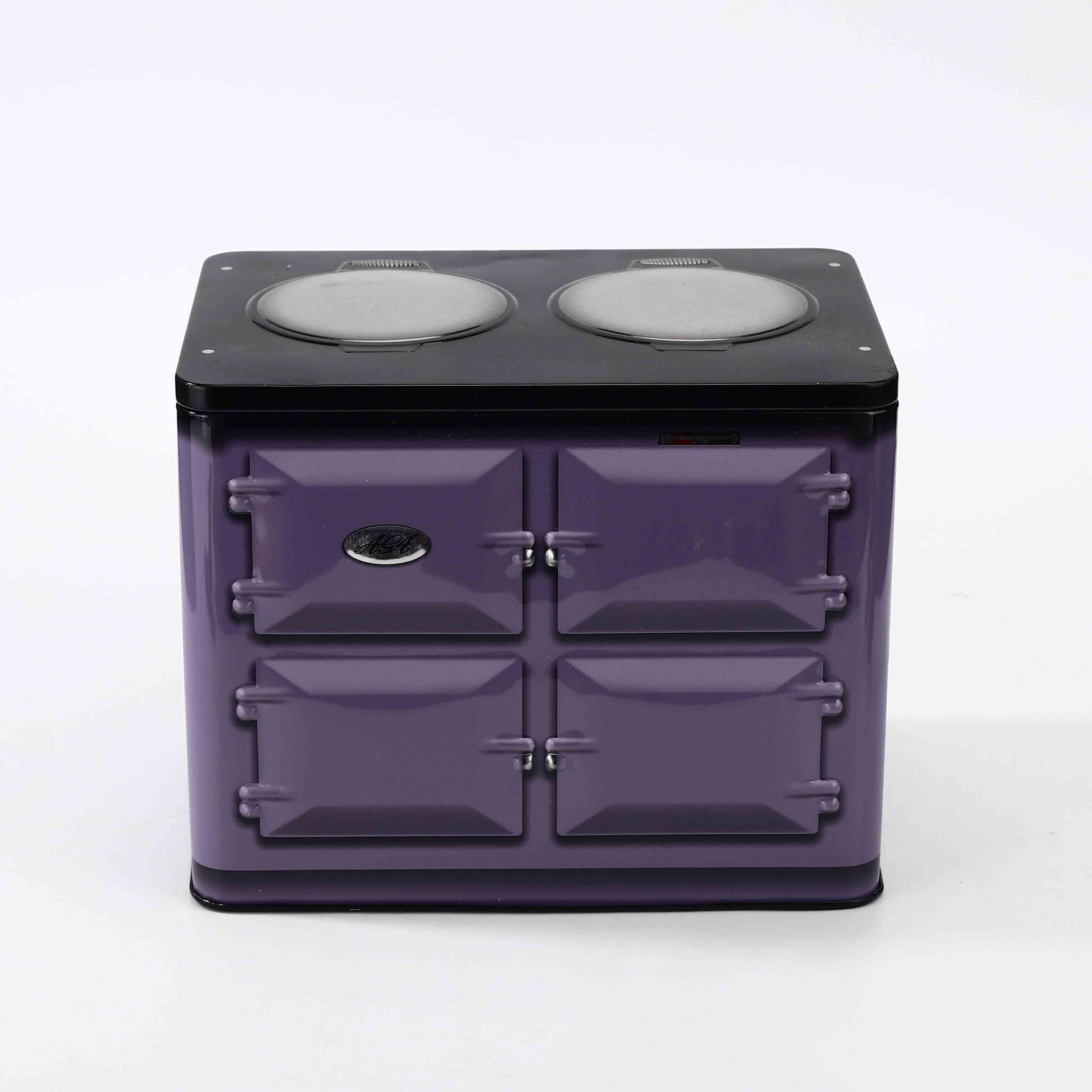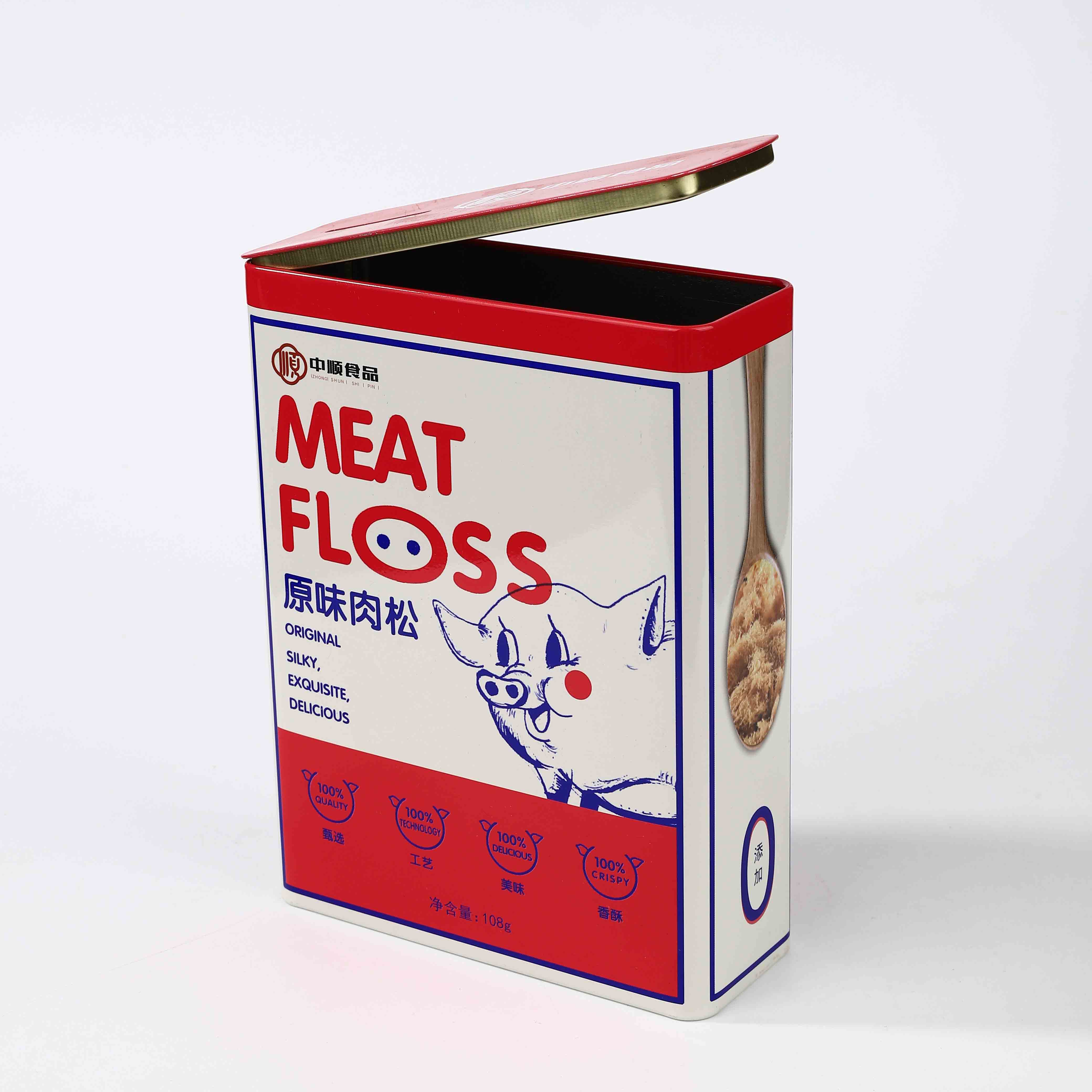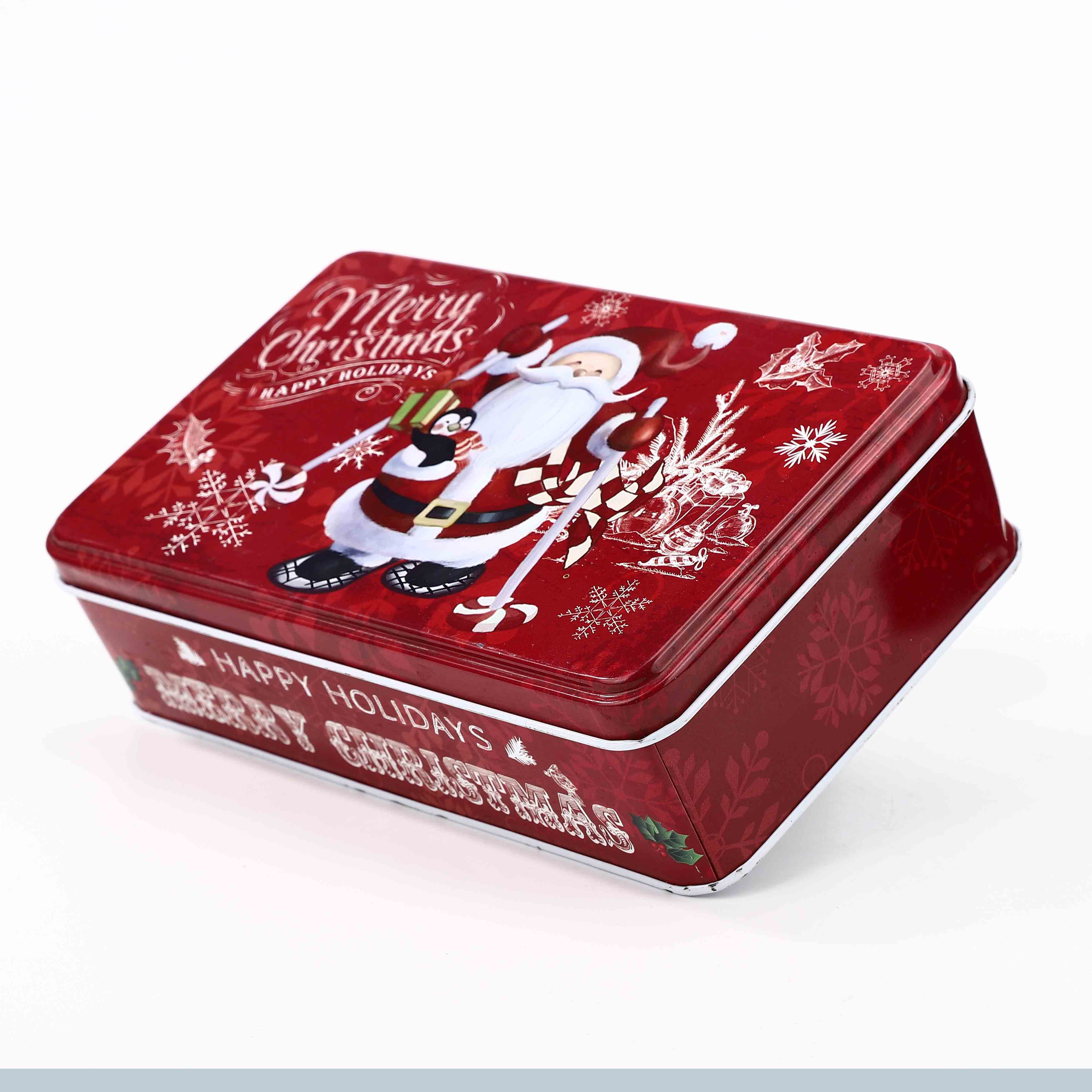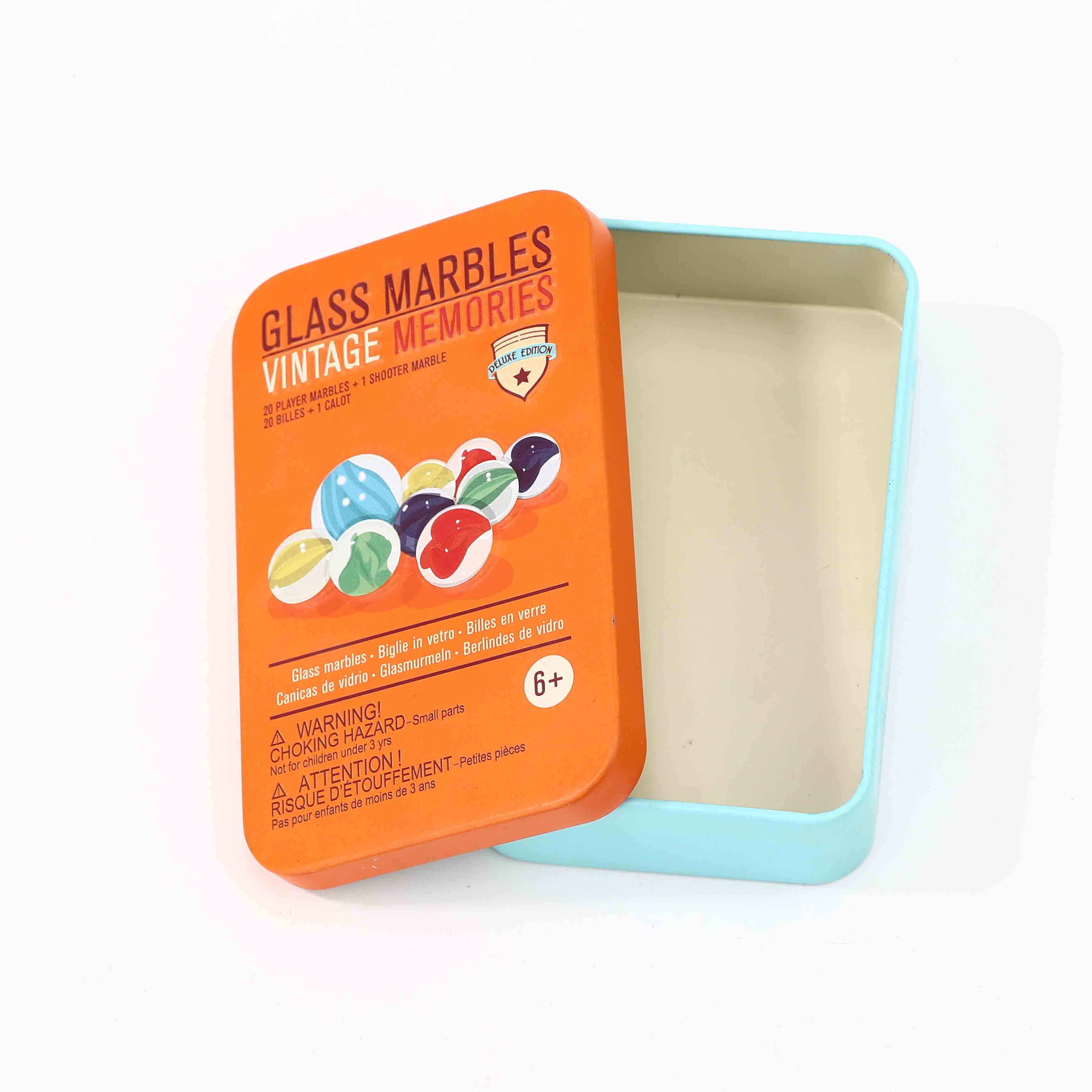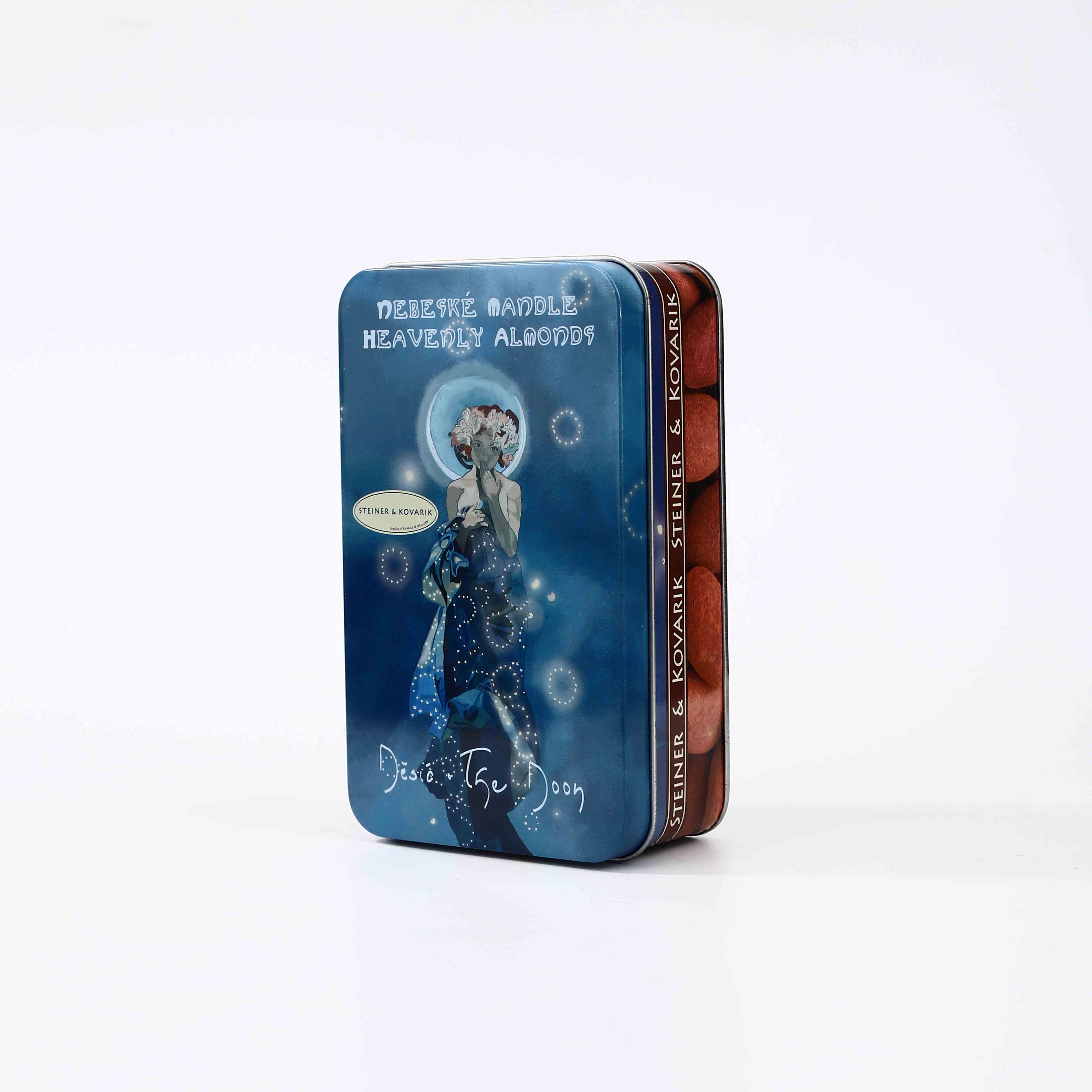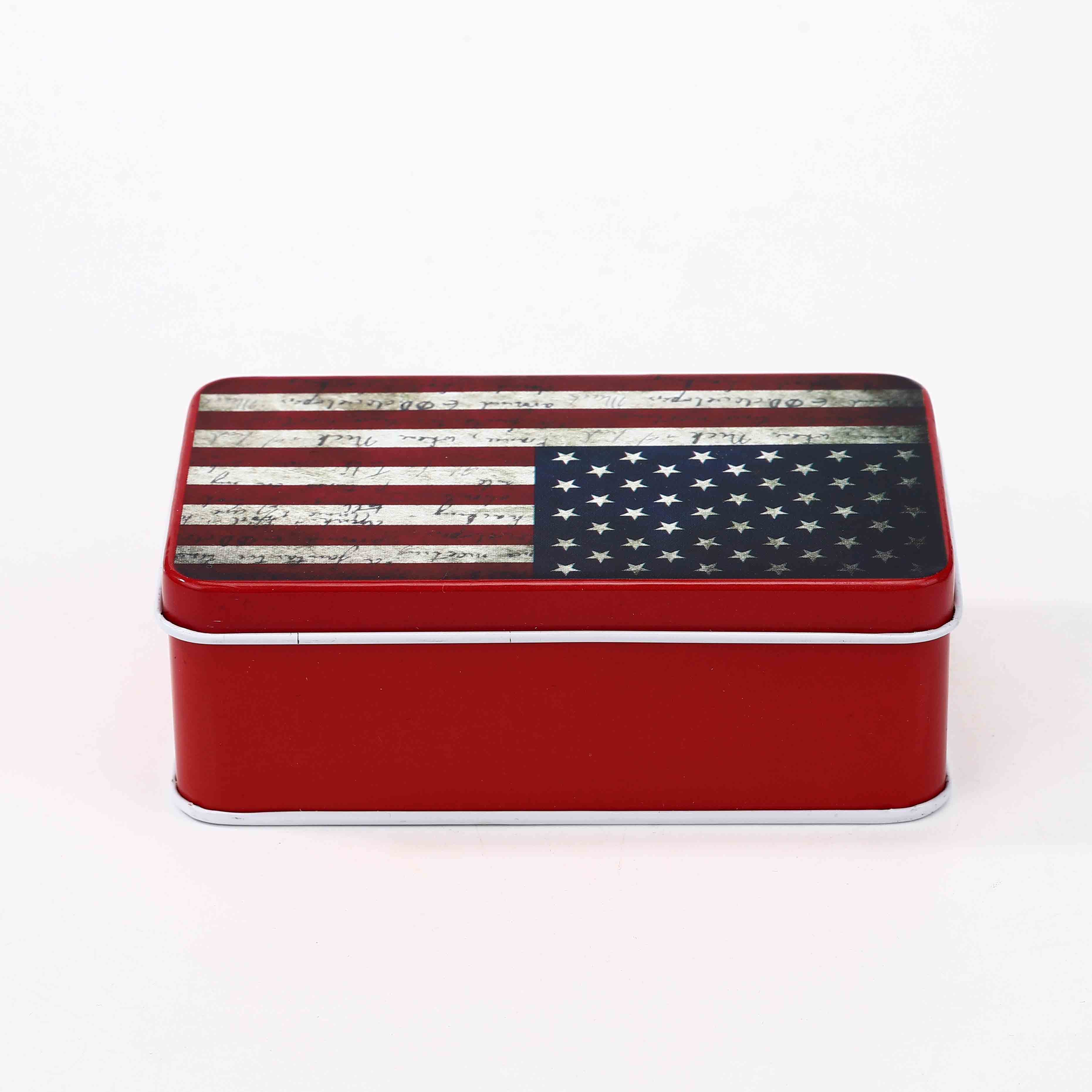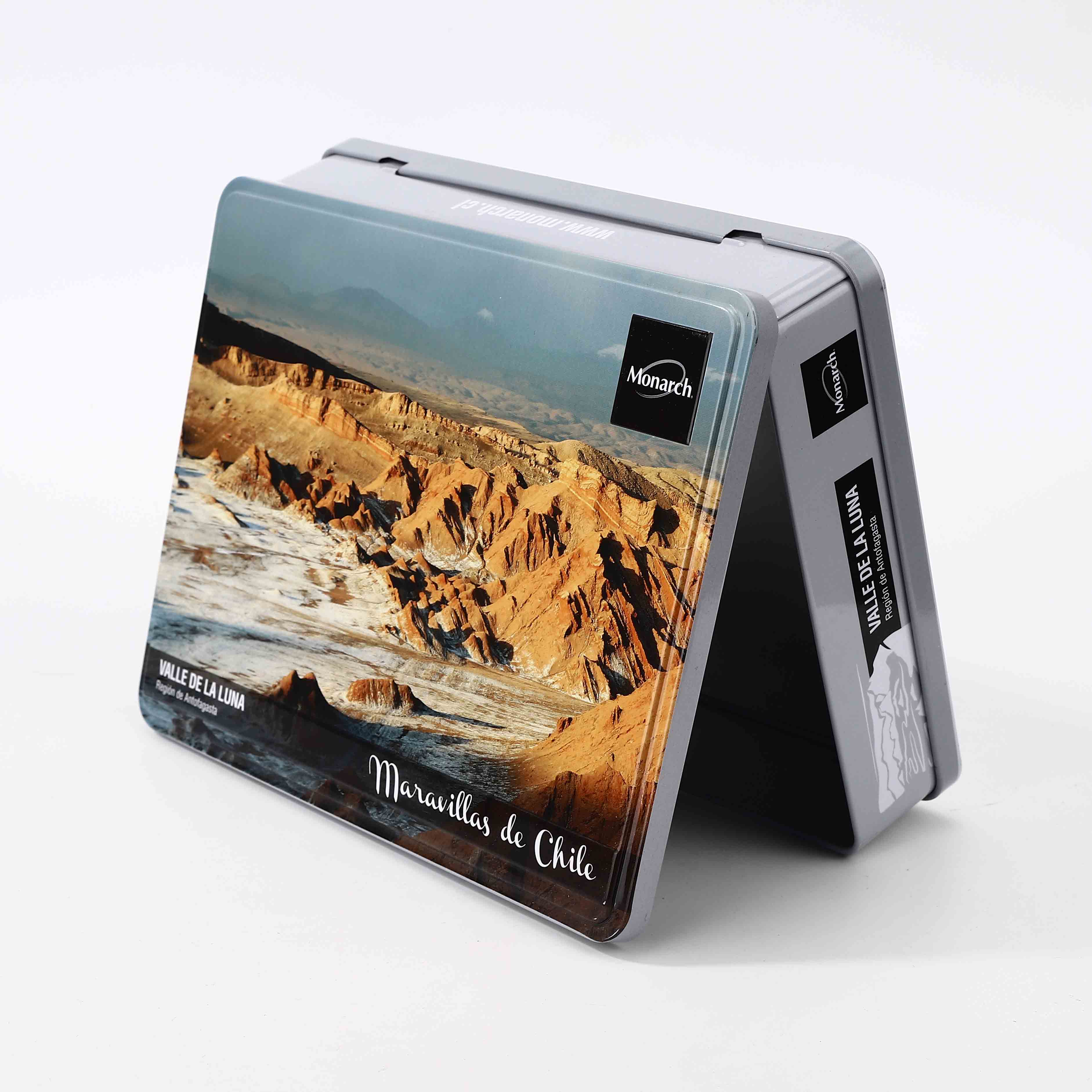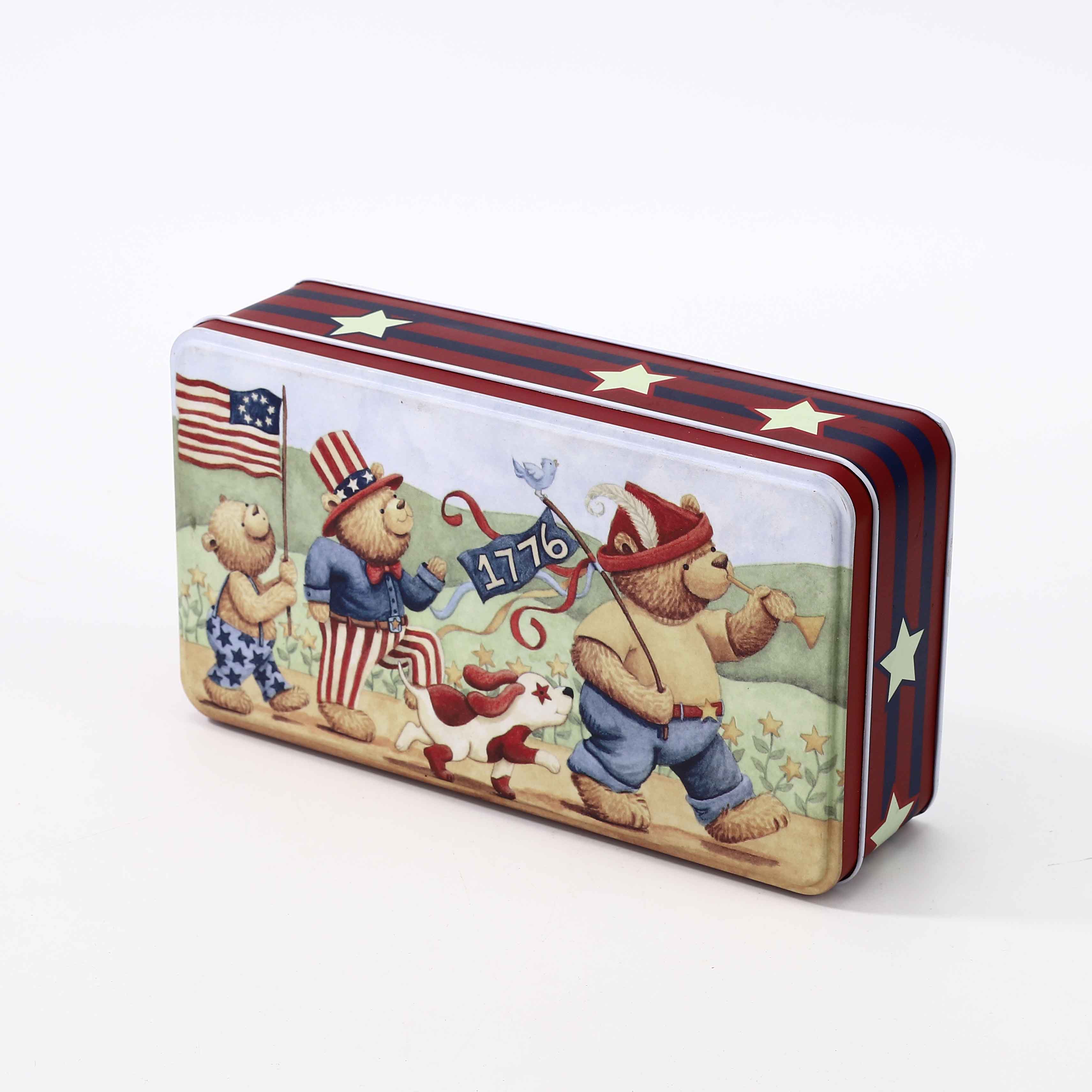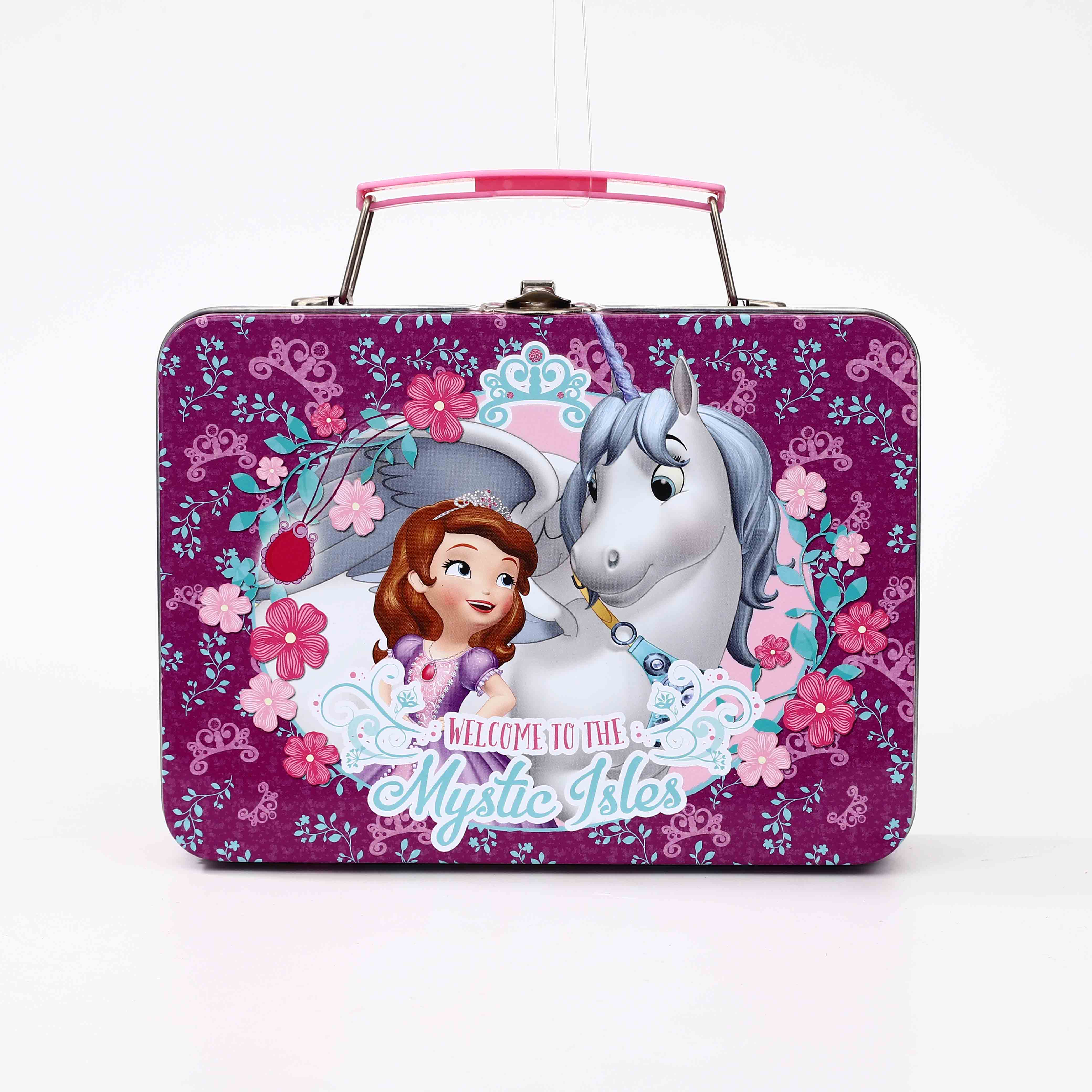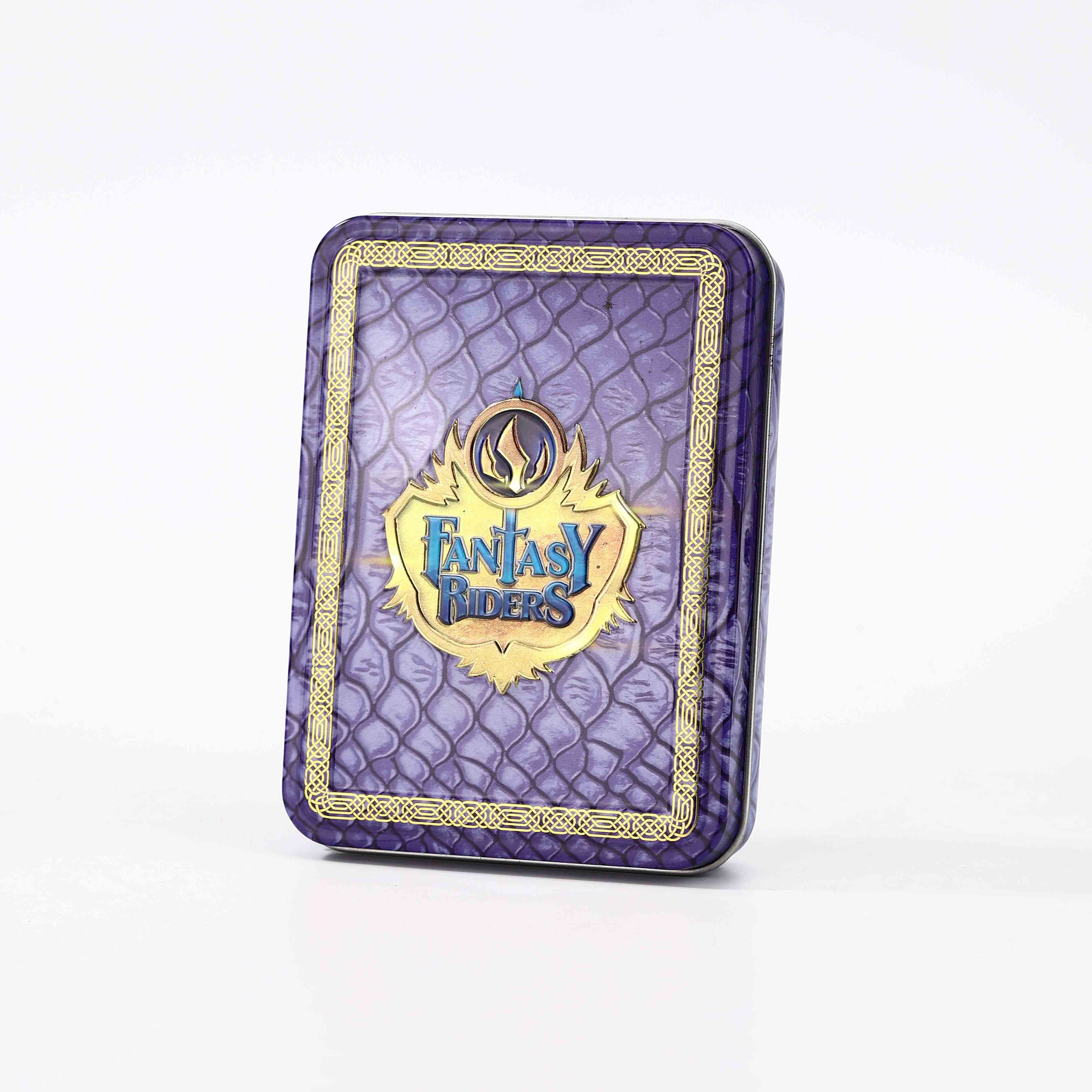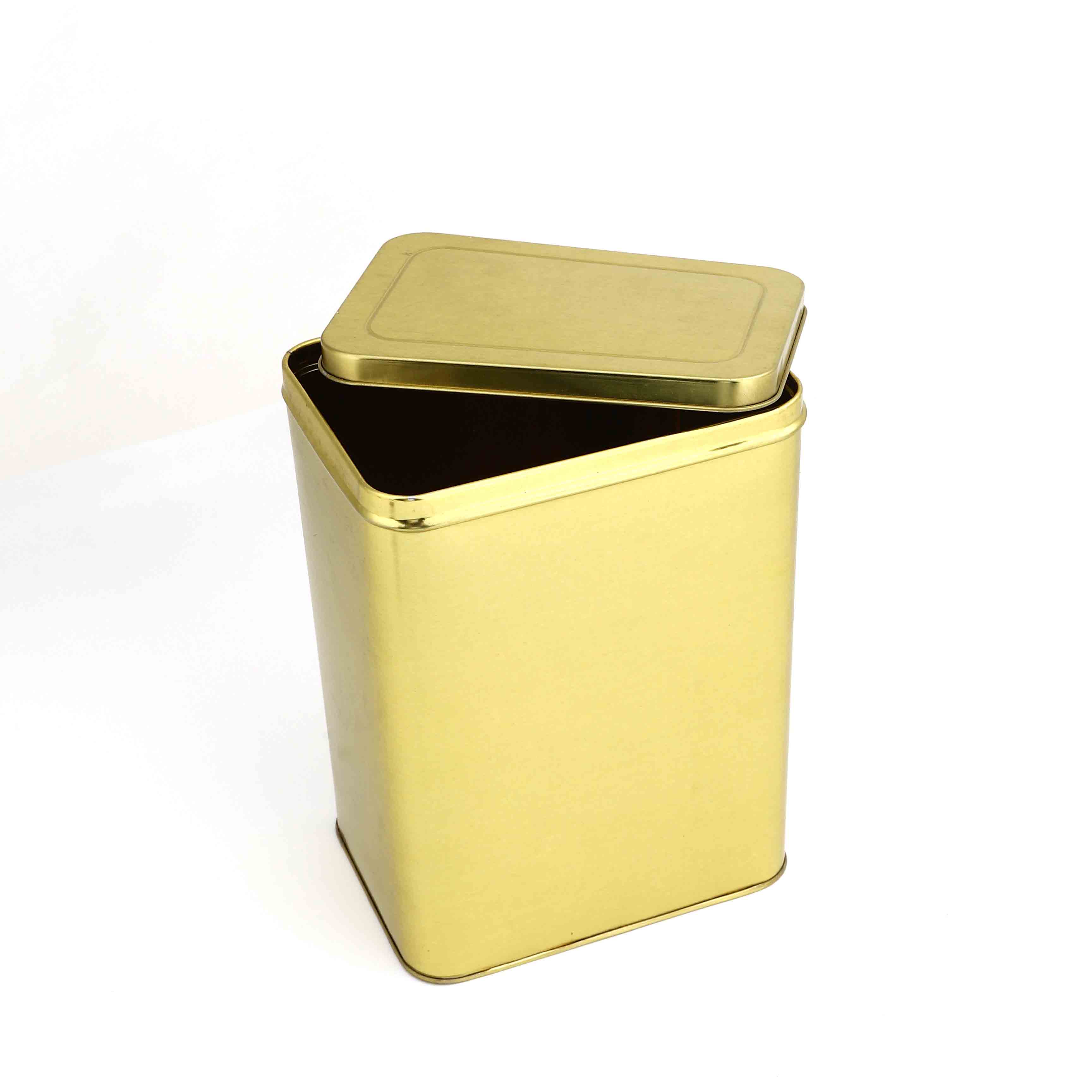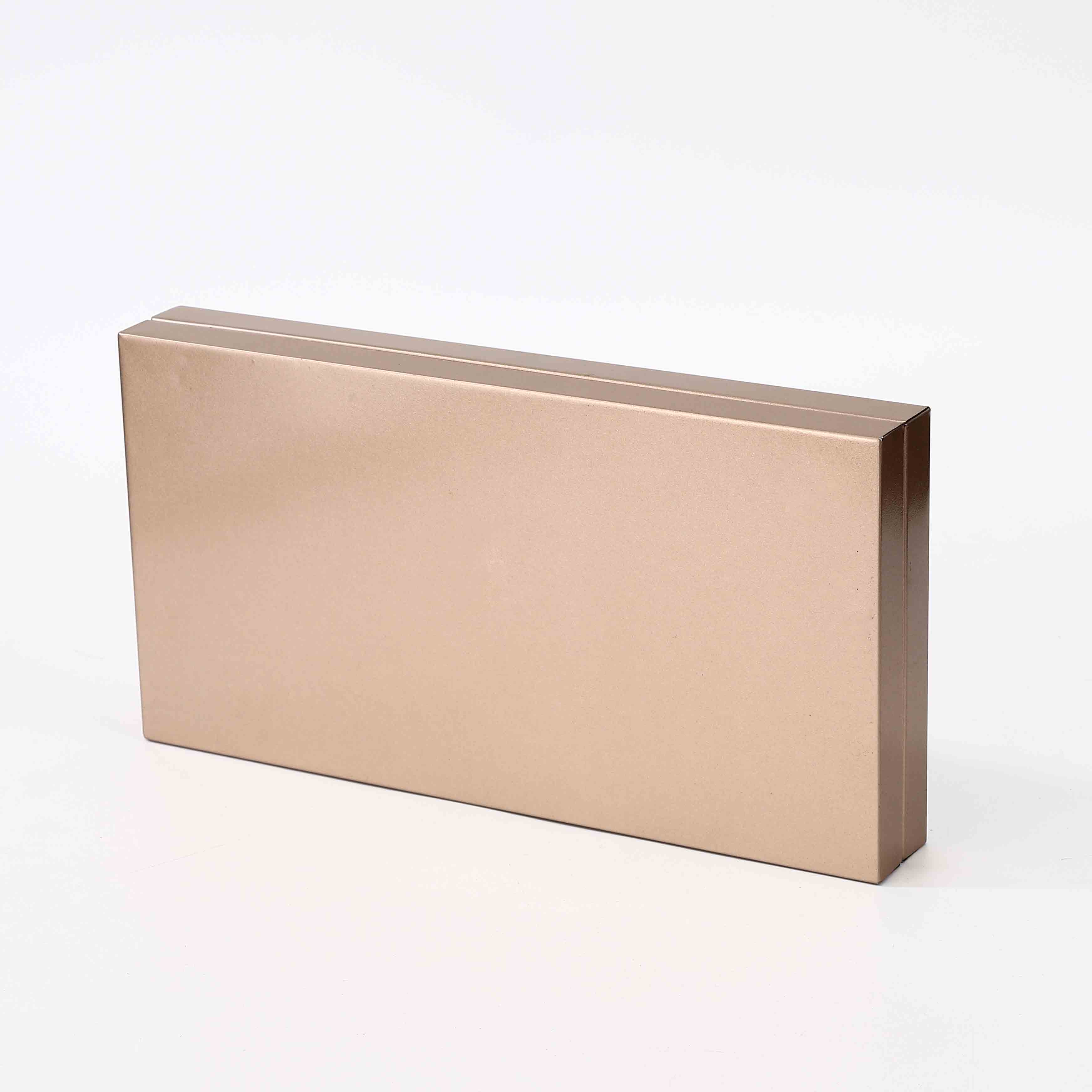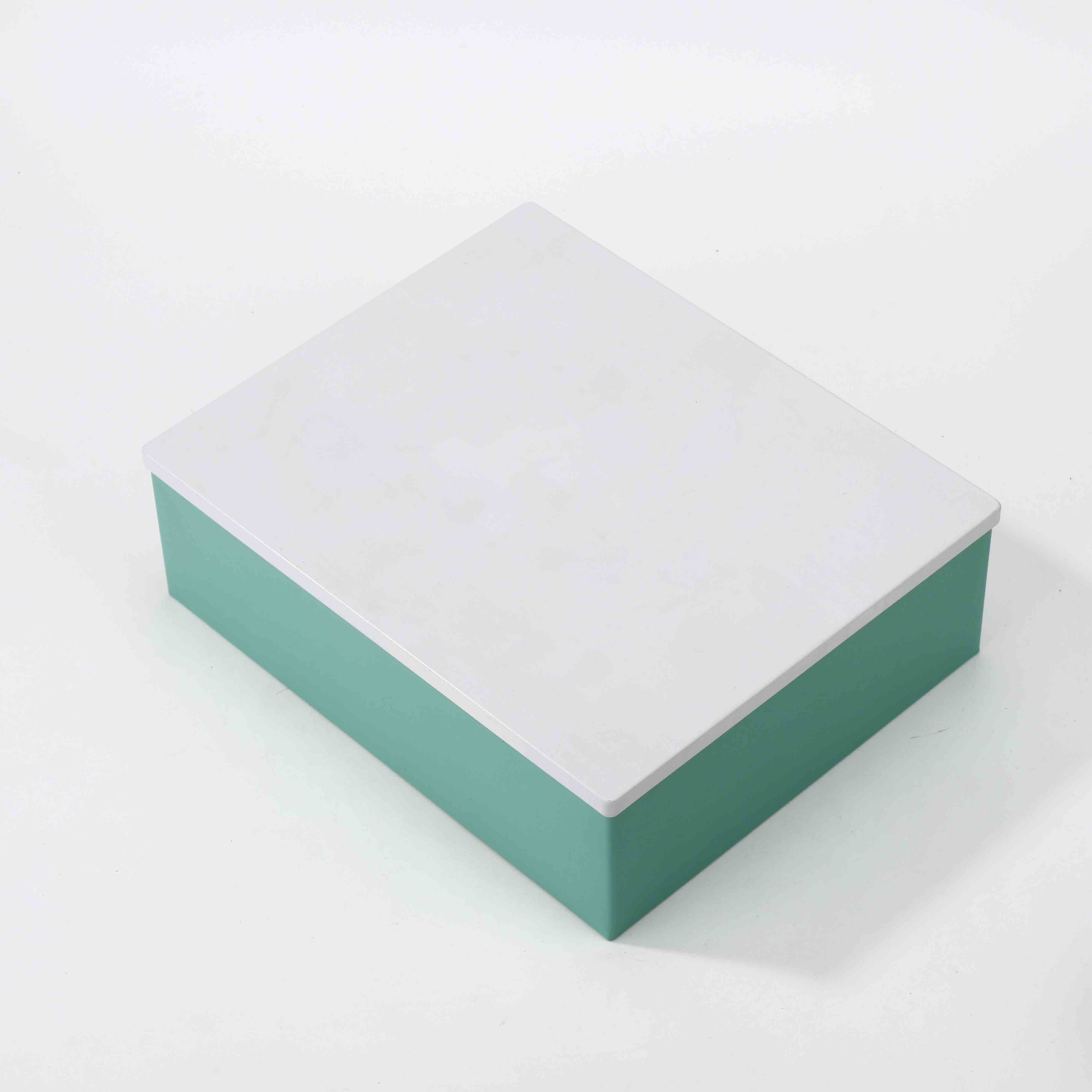PRODUCTS
-
Rectangle Audio Design Tin Box
-
Food Tin Box Rectangle Shape Hinge Lid
-
Santa Claus Rectangular Tin Box
-
Rectangle Candy Tin Box
-
Rectangle Tin Box
-
Rectangle White Coated Tin Box
-
Rectangle Hinge Lid with Inner Paper Lining Tin Box
-
Rectangle Hinge Lid Tin Box
-
Rectangle Biscuit Tin Box
-
Rectangle Lunch Tin Box
-
Rectangle Tin Can Embossing
-
Rectangle Golden Tin Box
-
Angle Rectangle Tin box
-
Angle Rectangle Slip Cover Tin box
-
Silver Window Tin Box with Inner Lining
-
Saffron Window Tin Box





















